Volvo Buses in project researching use of second-life electric bus batteries to store solar energy
Green Car Congress
DECEMBER 10, 2018
Batteries from electric bus route 55 in Gothenburg, Sweden are being used for solar energy storage in a second-life application. The reuse and recycling of batteries is a key issue as increasing numbers of cities plan transition to electrically powered transport.



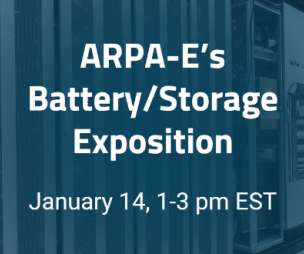

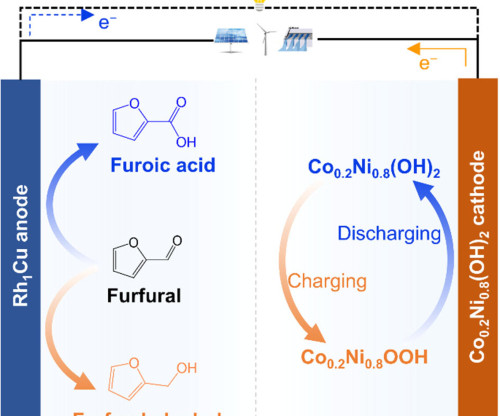



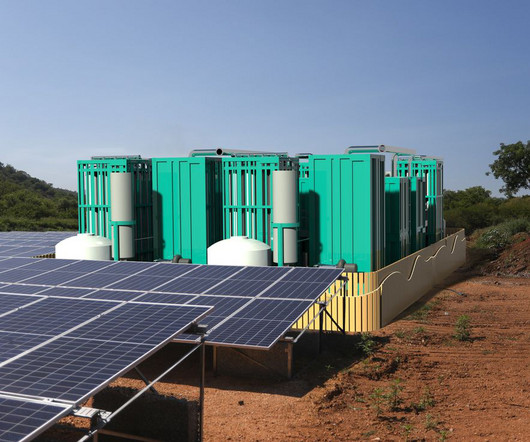


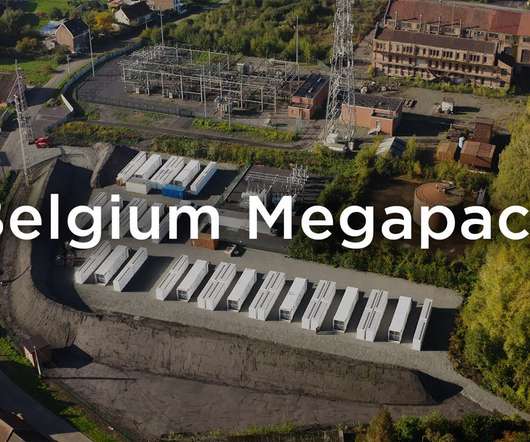












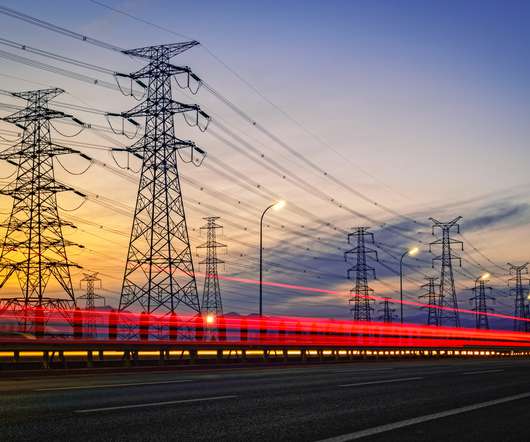



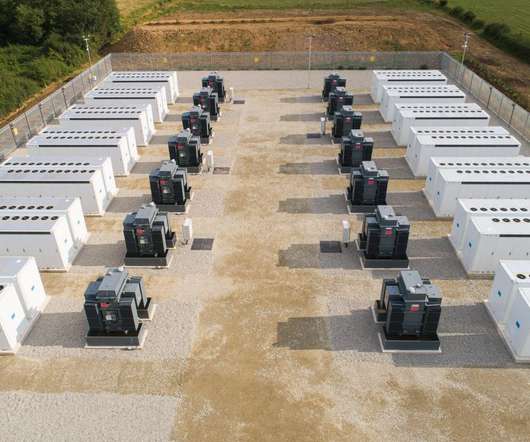
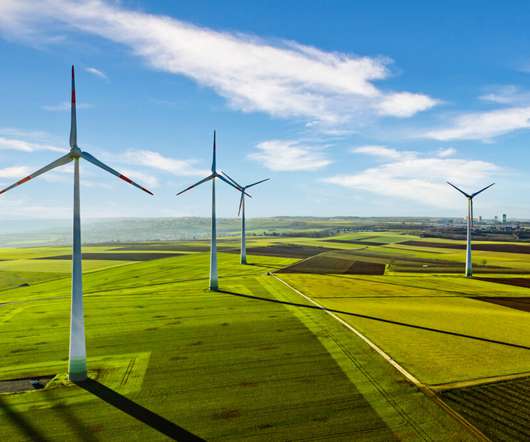







Let's personalize your content